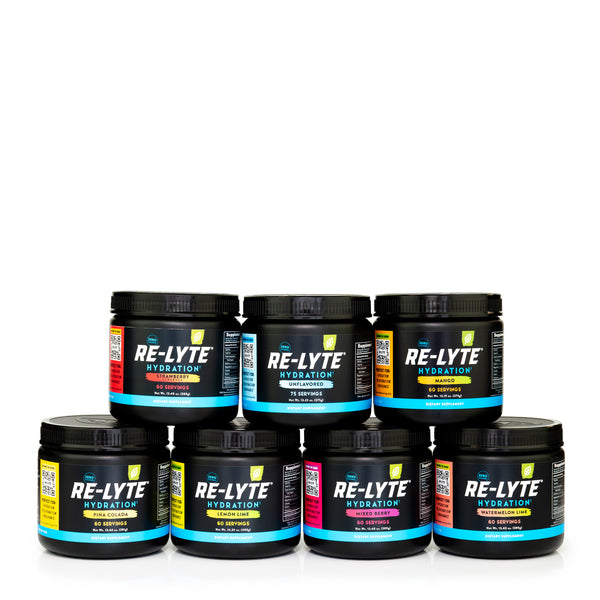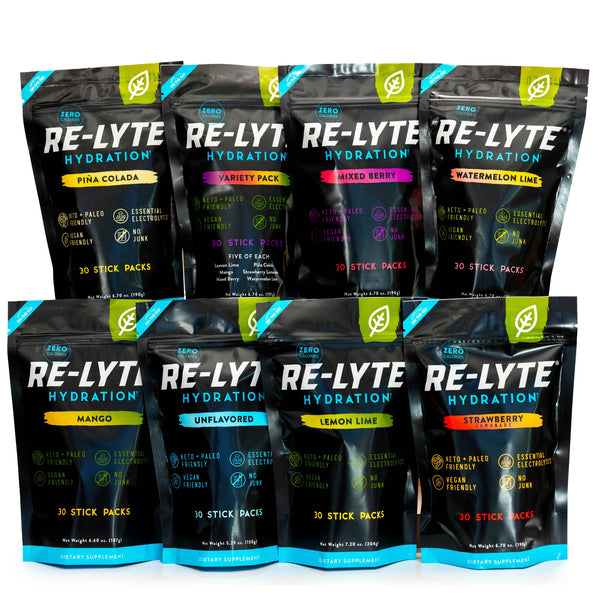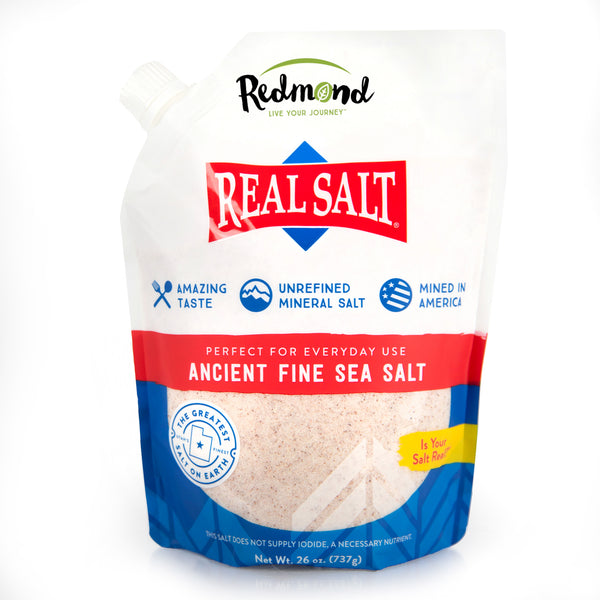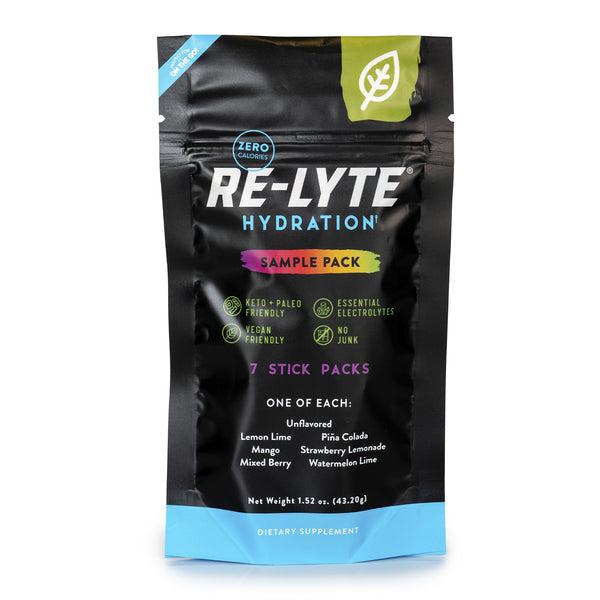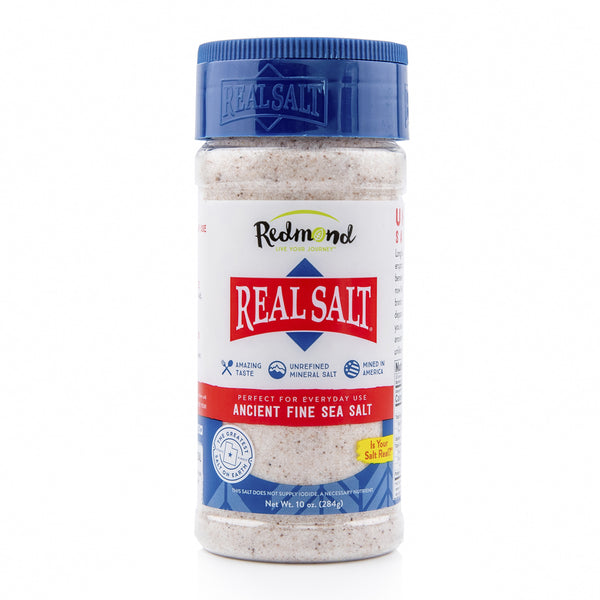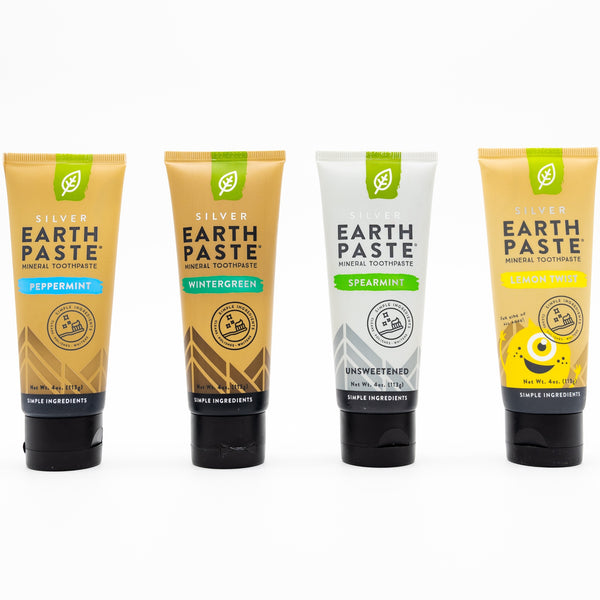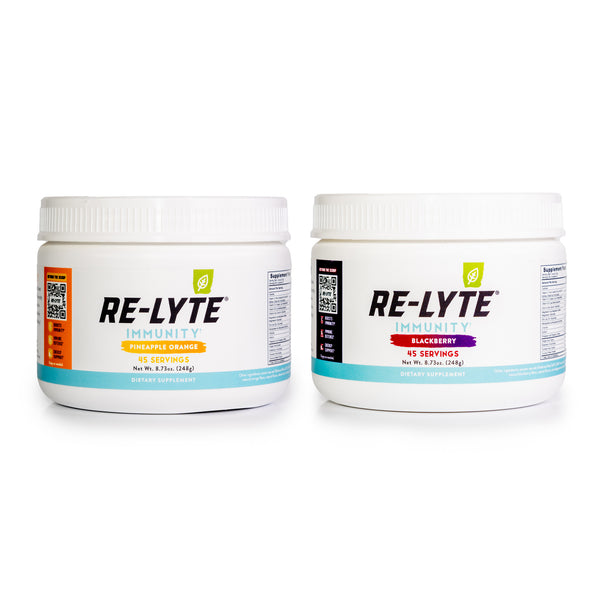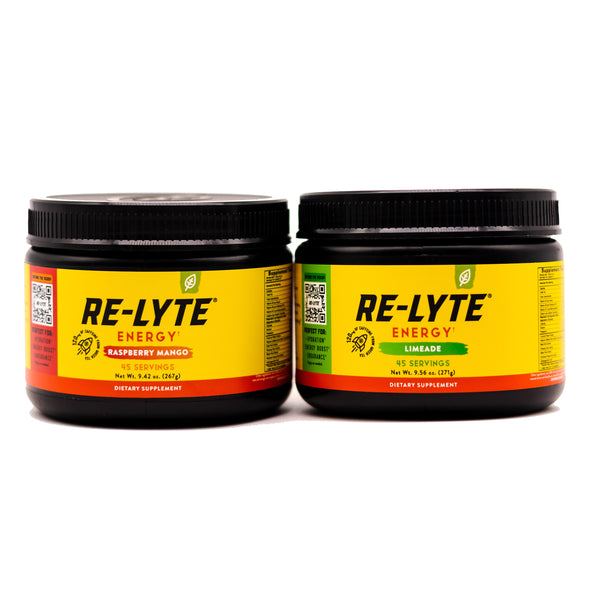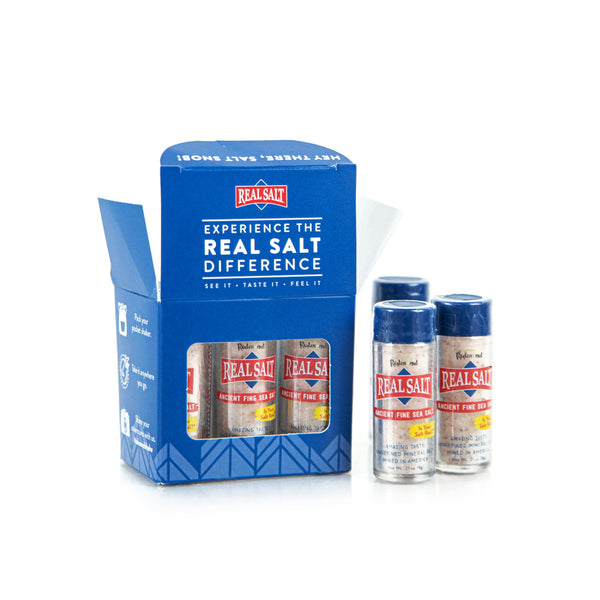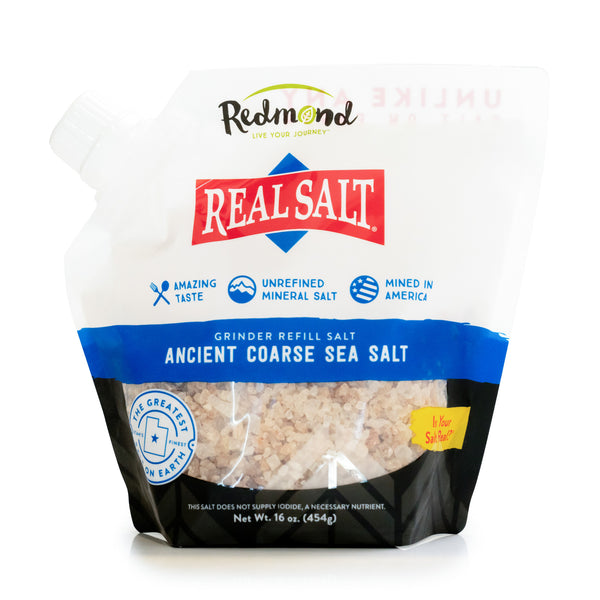The Best DIY Bentonite Clay Mask for Every Skin Type

Article at a Glance:
- When experimenting with bentonite clay masks, it’s important to consider your skin type.
- Apple cider vinegar is a potent and purifying addition to a clay mask if you have oily skin.
- If you have combination skin, consider adding soothing rosewater to your clay mask.
- When your skin is dry, moisture-rich jojoba oil can make your clay mask more hydrating.
- For normal skin, try mixing green tea into your mask for it’s antioxidant benefits.
- Honey is a gentle, non-irritating addition to a clay mask if you have sensitive skin.
If you recently added bentonite clay masks to your beauty routine, you may not realize something: Your mask-making options are endless.
Sure, you can keep it simple and stick to clay and water masks. But there are plenty of other ingredients you can mix with clay to make an effective face mask that leaves you feeling fresh and beautiful.
If you do a quick Pinterest search or scan through your Instagram feed, you’ll see that people are making their clay masks with practically everything nowadays—essential oils, kitchen staples, and more. But the best option for you will depend largely on one factor: your skin type.
There are five skin types: normal, dry, oily, combination, and sensitive. You should never put something new on your skin without considering how it will interact with your skin type. Why?
Well, putting anything too moisture-rich on oily skin is a recipe for bad breakouts. Harsh ingredients can leave people with sensitive skin looking irritated and inflamed rather than glowing and beautiful. And anything that sucks up too much oil can leave dry skin sufferers more parched than before they started.
Excited to get experimental with your clay masks, but don’t know what works for your skin? We’ve got you covered. Here are the best ingredients to mix with bentonite clay based on your skin type:
1. Oily Skin: Bentonite Clay and Apple Cider Vinegar
Bentonite clay is pretty darn beneficial for oily, breakout-prone skin on its own. That’s because it fights the bacterial bad guys behind breakouts, and it helps soak up sebum (the oily substance that clogs pores). But when you add apple cider vinegar to the mix, you’ve got an even more powerful, oil-busting duo. Why?
Well, apple cider vinegar has a potent ability to fight bacteria too. Plus, it contains alpha hydroxy acids, which help get rid of dead skin cells, keeping your skin smooth and clear. The two together are basically unstoppable for oily-skinned folks.

How to Make Your Mask:
In most cases, you’ll want to make your clay facials using one part clay and two parts whatever other ingredient you’re using. But with apple cider vinegar, it’s better to use a one-to-one ratio (or add more water if you have sensitive skin). Just mix about one tablespoon of clay with one tablespoon of apple cider vinegar, apply it to your skin and let it sit for about 15 minutes before washing it off.
2. Combination Skin: Bentonite Clay and Rosewater
Combination skin is the trickiest skin type to master because you’re dealing with a mixed bag—some of your skin is oily and some of your skin is dry. How do you treat both areas without making the other area worse?
Well, bentonite clay is helpful for both oily and dry skin, and so is another wonderful skin-soothing ingredient—rosewater. Rosewater has the amazing ability to not only balance excess oil but to add moisture to those dry areas in need of TLC.
How to Make Your Mask:
Just add one part clay to two parts rosewater and mix. Apply it to your skin and chill out for about 15 minutes before rinsing it off with water.
3. Dry Skin: Bentonite Clay and Jojoba Oil
Studies show that bentonite clay can help people dealing with dry, itchy skin conditions all on its own. But adding jojoba oil, one of the most powerful moisturizers on the planet, isn’t a bad idea if you want to nourish parched skin.
Jojoba oil isn’t technically an oil; it’s a waxy substance that mimics the sebum your skin naturally produces. It’s also non-comedogenic, so it moisturizes your skin without clogging your pores. In fact, one study found that a clay and jojoba oil mask isn’t just beneficial for people with dry skin; it helps people with acne-prone skin too.
How to Make Your Mask:
Mixing one-part clay with two parts jojoba oil should make a rich mask that leaves your skin feeling soft, smooth, and fully moisturized.
4. Normal Skin: Bentonite Clay and Green Tea
If you don’t have problems with oily or dry skin, you can go in a lot of different directions with your skincare routine. But one way to keep your skin balanced and beautiful, while also fending off the free radical damage that comes with aging (something every skin type deals with), is to use a facial mask made of bentonite clay and green tea. Whether you’re drinking it or using it topically, green tea has a bunch of benefits for your skin due to its high antioxidant content.

How to Make Your Mask:
Brew yourself a cup of green tea, and spoon out a tablespoon or two for your mask (stick to a one-part clay, two parts green tea ratio). Drink the rest of your tea while you let these two amazing ingredients work their magic.
5. Sensitive Skin: Bentonite Clay and Honey
When your skin is sensitive, you have to be super careful what you put on it. Even simple, natural ingredients can cause you to react if you don’t choose wisely. To keep your face from turning the color of a tomato, choose only gentle ingredients—like honey.
Not only is honey gentle and non-irritating for people with sensitive skin, it’s a natural moisturizer that also acts against bacteria. How could you go wrong?
How to Make Your Mask:
Honey is thick and viscous, soo to make a mask with honey, mix one part clay with one part honey and one part water. That should make the mixture thin enough that you can easily apply it to your face.
If you’re all about experimentation, it’s nice to know you can get more creative next time you practice your bentonite clay beauty ritual. Of course, if you don’t feel like getting fancy with your clay masks, that’s okay too. You can always stick to a natural, affordable, effective and time-tested combo: clay powder and water.
You could also try our pre-mixed facial mud, which contains hydrated clay and skin-supporting colloidal silver.
Sources:
- Bentonite Clay as a Natural Remedy: A Brief Review— Iranian Journal of Public Health.
- Sebaceous gland lipids— Dermatoendocrinology.
- Antimicrobial activity of apple cider vinegar against Escherichia coli, Staphylococcus aureus and Candida albicans; downregulating cytokine and microbial protein expression— Scientific Reports.
- Effects of alpha-hydroxy acids on the human skin of Japanese subjects: the rationale for chemical peeling— Journal of Dermatology.
- What you should know about rose water— Medical News Today.
- What Is Rosewater, And Can It Improve Your Skin?— HuffPost.
- Can jojoba oil treat acne?— Medical News Today.
- Clay jojoba oil facial mask for lesioned skin and mild acne--results of a prospective, observational pilot study— Forschende Komplementärmedizin.
- Green tea and skin—Archives of Dermatology.
- Green Tea Could Be Good for Your Skin, Study Finds— WebMD.
- 9 Natural Health Benefits of Honey—The Healthy.
Comments (3)

Do not do the apple cider vinegar one it was only about 5 min and my face was burning. I took it off and my face is bright red
———
Redmond Life replied:
Hi Michelle, thank you for sharing your experience. We’re really sorry to hear it caused discomfort. Everyone’s skin reacts differently, especially to natural ingredients like apple cider vinegar. We’ve updated the blog to suggest adding more water for those with sensitive skin. We hope your skin is feeling better soon!

Is it save for pregenent?
———
Redmond Life:
Hi Sadeem, using clay externally is considered safe. Skin sensitivities can change in pregnancy, so keep that in mind when mixing up your favorite clay mask.

I had heard that one doesn’t want to rinse the clay down plumbing. So once I want to remove my clay mask, what do I do? Will it clog my drains?
———
Redmond Life replied:
Hey Nancy! We wouldn’t recommend putting dry clay down the drain since it will expand and take in water, wet clay (as long as its not in huge amounts) it will be just fine!
NkdkJdXPPEBannerEnd


